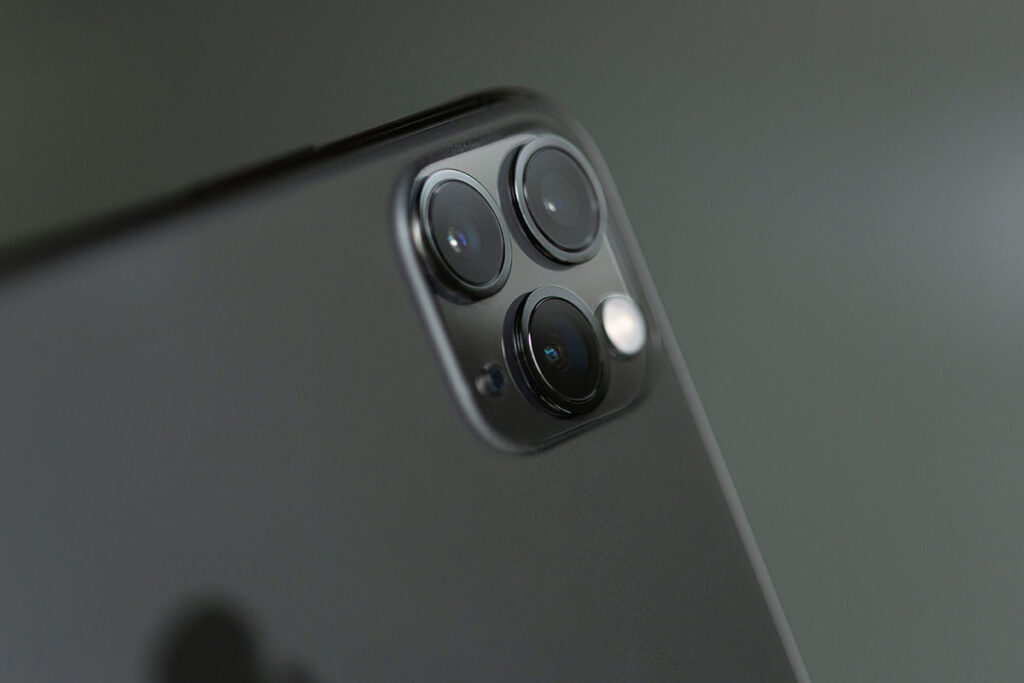As major smartphone developers are in a race for market share, it is imperative that their flagship devices have stand out features. Any competitive difference the device has to offer could mean if a company will emerge as the winner. Lets not forget about pricing too, but that’s another story for another day.
With each passing year, the offering from these companies grows bigger with new smartphones presenting the latest technology and as many features, perks and benefits as possible to surpass their rivals. What do smartphones need to offer to be able to beat out the competition?
Camera

The camera is possibly one of the most important and obvious features on a smartphone. Entire films have even been shot using the iPhone’s camera, so it’s clear that prospective smartphone customers will be looking at the latest specs when it comes to what they can capture visually.
Most casual smartphone users tie the smartphone’s camera to how good the device actually is. So, it’s clearly important to ensure that the camera is of the top specification – or it appears to be to the casual smartphone user (e.g. multiple cameras or portrait modes).
Comparing Samsung Galaxy S20, the iPhone 11 Pro, and Google Pixel 4 can help ascertain which camera offers the best value for money. Google’s Pixel 3 trounced its rivals with its superior camera – which increased the competition.
The iPhone 11 Pro offers 4K video but is surpassed by the superior RAM of the Pixel (6GB to 4GB) and Galaxy S10 (8GB). However, the iPhone offers a 12MP (megapixel) front-facing camera, compared to an 8MP from Google and 10MP from Samsung. To a layman, these statistics mean nothing but to camera aficionados, this could influence which smartphone they purchase.
Processing Power

The processing power of the smartphone is also important in making consumer decisions. The iPhone boasts an A13 Bionic processing chip with third-generation neural engine, while Samsung is now rocking the latest SD865 (or Exynos 990) and Google with Snapdragon 855 Octacore chips.
Indeed, the A13 is largely regarded as better – being rated in some cases as 50% better than the Snapdragon. However, the Snapdragon is known to be strong for gaming. It has a good central processing unit and good graphics processing unit (GPU), and that results in a positive experience for gamers, especially when playing on 5G and utilizing VR and AR technology.
The rise in people choosing entertainment options on their mobiles. Last May (2019) saw a rise to 12% of mobile gamers engaging with one of the main battle royale games (Fortnite, Apex Legends, PUBG), which shows how important it is to prepare smartphones for this.
Moreover, by looking at sites such as mobile wins betting we can see there is an increase in those wanting to play traditionally desktop games, such as slots and live casino offered by an online casino provider, on mobile devices.
Meanwhile, Pokémon Go continues to attract players, with a revenue to date of $3.6 billion – and counting. As games such as this are developed, the processor of the smartphone will be increasingly important.
Conclusion
The smartphone is the modern Swiss army knife. A device constantly attached to our palms, using which we are able to do any number of things. By this point, many of those who use smartphones have already selected a model they remain loyal to, so it’s difficult to poach customers from rivals without offering the very latest and most impressive in high tech specifications.
Whether this relates to the camera or the processing power of the smartphone, it’s clear that the future of the smartphone will lay in the hands of the company who is able to tick as many boxes as possible for the consumer.
Featured photo by Adrianna Calvo from Pexels.



